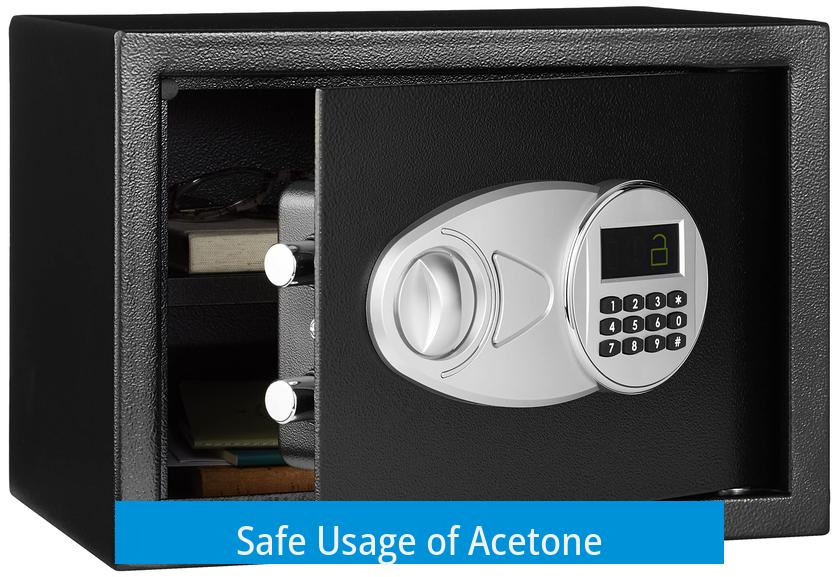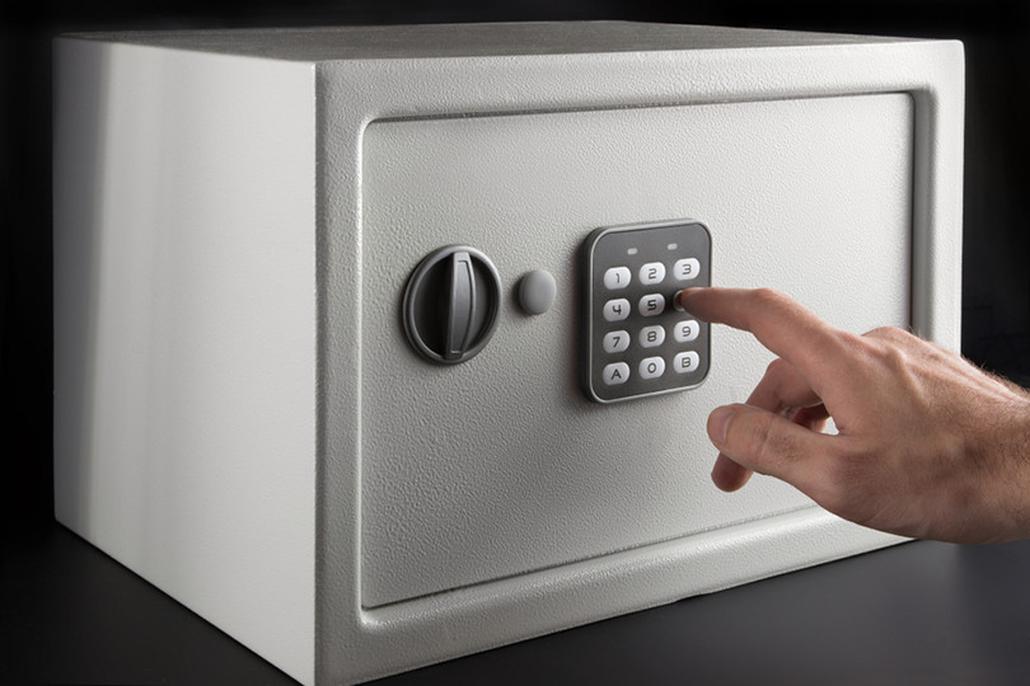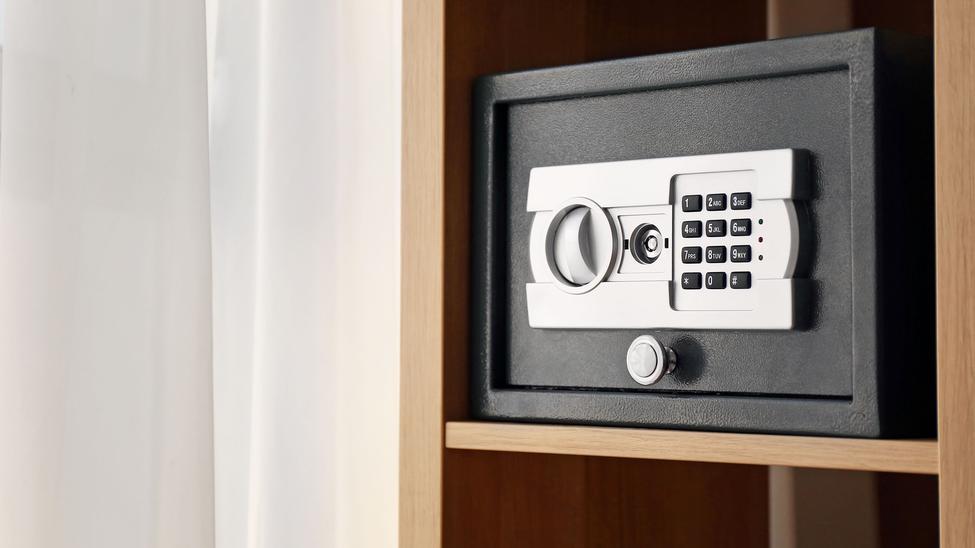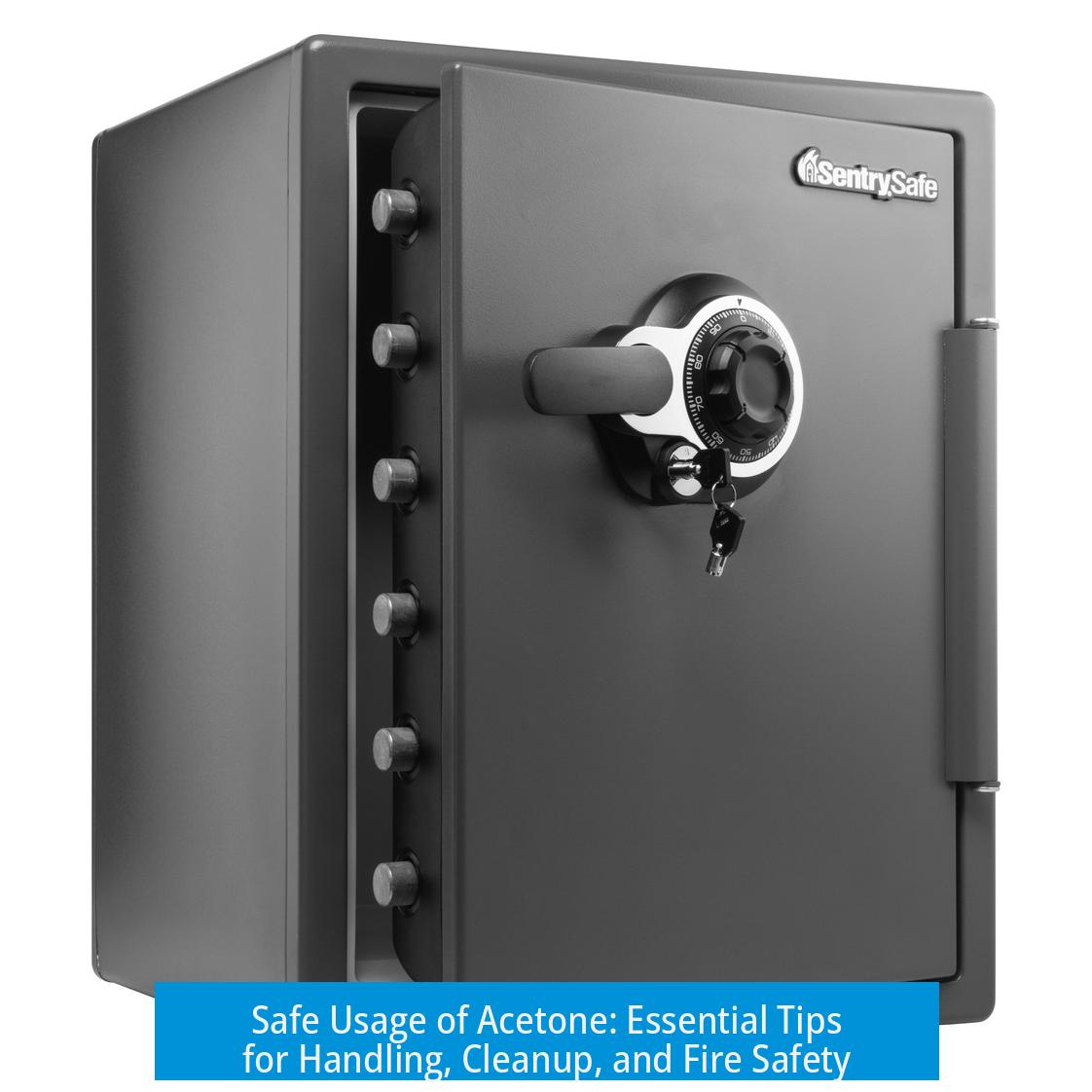Safe Usage of Acetone

Acetone is safe to use when handled with care by minimizing quantity, ensuring ventilation, keeping it away from flames, and protecting skin. This overview explains key safety measures for acetone use.
Minimizing Usage and Ventilation

Use acetone sparingly. Applications outdoors are best to allow rapid evaporation and reduce inhalation risk. Spills outdoors evaporate quickly, limiting exposure risks.
Proper ventilation indoors, such as an open window, helps disperse vapors. Ensure air circulates well during use. Older nail polish removers contain 100% acetone; they require no special treatment except airflow.

Fire Safety and Flammability
Acetone is highly flammable, similar in danger level to high-proof alcohols. It should be kept far from heat sources, sparks, or open flames.

- Store in a cool, dry place.
- Do not smoke near acetone.
- Use non-sparking tools during handling.
Skin Exposure and Protection
Brief skin contact with acetone is not severely harmful but should be minimized. It does not cause lasting skin damage from occasional drops.

Typical latex gloves do not fully protect against acetone permeation. Specialized chemical-resistant gloves provide better defense.
Cleanup and Disposal

Small acetone spills can be allowed to evaporate safely in a well-ventilated area. If rinsing is necessary, wash with water in the sink followed by laundering the contaminated cloth or garment.
Avoid pouring large quantities down drains or disposing of acetone in inappropriate waste streams to reduce environmental hazards.

Key Takeaways
- Use minimum acetone, preferably outdoors or with good ventilation.
- Keep acetone away from flames and heat sources.
- Avoid skin contact; use resistant gloves if necessary.
- Allow small spills to evaporate; rinse and wash as needed.
Mastering the Safe Usage of Acetone: What You Really Need to Know
Safe usage of acetone boils down to common sense: minimize how much you use, keep it away from flames, and ventilate well. Sounds simple, right? Yet, we’ve all heard the horror stories of mishaps with this household staple. Let’s unpack what safety really looks like when working with acetone—and trust me, it’s far less dramatic than you might expect.
First off, why should you even care? Because acetone is everywhere—from nail polish removers to industrial solvents. It’s an excellent cleaner but also highly flammable. Getting the safety dance right saves you stress and accidents.
Less Is More: Minimizing Usage and Maximizing Ventilation
Acetone tends to evaporate quickly, so using the smallest amount necessary is key. Imagine you’re touching up a paint job or removing stubborn polish—don’t douse your whole workspace with the stuff. Dab a bit, do your job, then let nature take it from there. The magic happens outdoors or near an open window, where fresh air can whisk away fumes. No need for fancy exhaust fans if you just crack that window wide open.
Working outside is the ace in the hole. Outdoor air dilutes acetone vapors so fast, any spills just evaporate harmlessly. This simple step lowers any risk dramatically. After all, your nose and lungs will thank you.
The Fire Factor: Flammability You Shouldn’t Underestimate
Here’s a fact that might surprise you: acetone is about as flammable as high-proof alcohol. Pretty flammable, right? So, standard fire safety applies. Keep acetone far from flames or sparks. That means no open flame lighters, candles, or even smoking nearby. This is a non-negotiable rule, not just a suggestion.
Think of acetone like a high-energy party guest—you want it at your cleaning party, but never near the fireworks display. Anything else invites disaster. If your local weather forecast says high heat or drought warnings, maybe postpone your acetone project. Why invite risk?
Skin Contact: Not Fatal, But Why Take the Risk?
Touching acetone isn’t mission-critical in safety hazards, but repeated or prolonged contact can dry out and irritate your skin. One drop won’t dissolve your finger off. But you don’t want to walk around looking like a overcooked lobster, do you?
Here’s a twist: Latex gloves aren’t your best friends for acetone tasks—they’re permeable, meaning acetone sneaks through in time. For serious protection, look into nitrile gloves specifically designed to hold back solvents like acetone. If you’re a DIY regular or work in a lab, investing in good gloves is a smart move.
After the Party: Cleanup and Disposal
Spilled a little acetone? Chill out. It evaporates quickly. For tiny spills, just leave open to air—nature does the hard work. If you need to clean brushes or rags, rinse them under water and toss into the laundry. No hazardous magic required.
Dumping acetone down the drain in small quantities isn’t ideal but often fine when diluted. However, if you are a heavy user, check local guidelines about disposal. Environmentally, you want to keep it minimal and controlled.
Let’s Recap: Your Acetone Safety Cheat Sheet
- Use minimal amounts. No soaking. A little dab will do you.
- Always work outside or near an open window. Let fresh air do the heavy lifting.
- No flames, no sparks, no cigarettes nearby. Treat acetone like a flame magnet.
- Wear proper gloves. Not latex, but nitrile if you want real protection.
- Clean up small spills by evaporation or with water rinse. No hazmat suits required.
Does this make acetone less scary? It should. It’s a powerful solvent but manageable with simple steps. Think of acetone as your temperamental but useful friend: treat it with respect, and you both get along quite well.
Practical Example: Nail Polish Removal—A Handy Application
Remember the old days when a bottle of 100% acetone nail polish remover was a staple? That stuff’s strong—perfect for quick removal, but handle carefully. Using it in a cramped bathroom with no ventilation? Bad idea. Open a window or head outside. Let any spill evaporate naturally. And definitely no lit candles during your manicure session. Safety first—that means no flaming fingers!
Final Thoughts: Can You Live Danger-Free with Acetone?
YES, if you follow the basics. Use acetone sparingly, keep it away from fire, ventilate your space, guard your skin, and clean responsibly. This isn’t rocket science. It’s chemistry with a sprinkle of common sense.
So, next time you grab that bottle of acetone, do yourself a favor—step outside, open a window, drop on some gloves, and work with a clear head. Your safety rituals will keep accidents at bay.
Feeling empowered yet? Now you’ve got the lowdown on safe usage of acetone, turning a potentially risky chemical into your handy, low-stress helper. Have you tried any acetone hacks that worked well? Or a safety tip you swear by? Share your stories and questions—let’s make chemical safety a simple, everyday habit for everyone.




Leave a Comment